Digital Dopamine Is a Real Addiction—Here’s How to Handle It
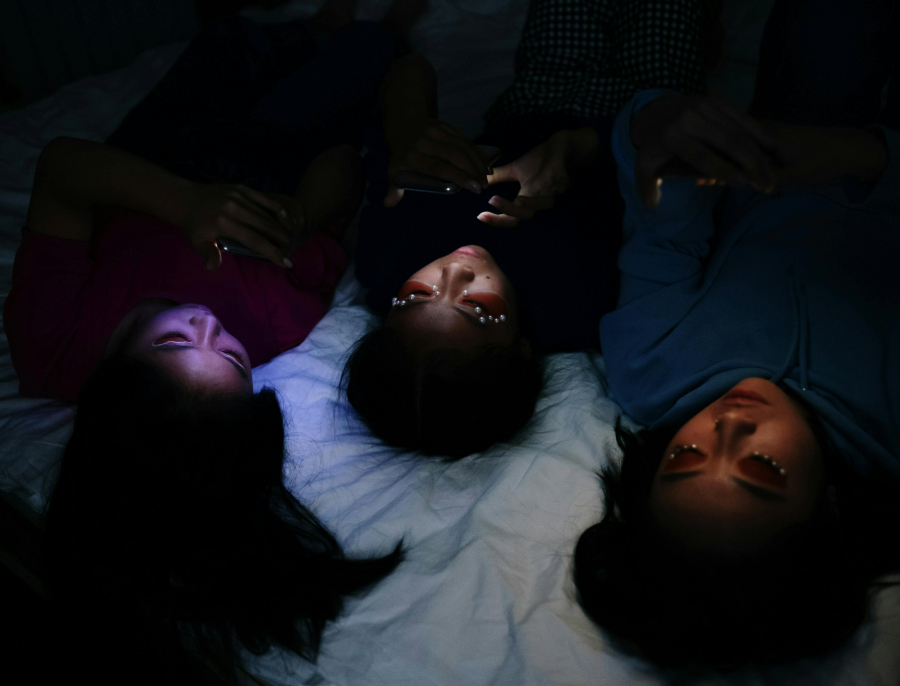
Mindlessly refreshing Instagram, doom-scrolling TikTok, binging YouTube—with each tap and swipe we are unconsciously unleashing a quick surge of digital dopamine. Dr. Drew recently warned on The Skinny Confidential Him & Her Podcast that those tiny bursts feel “exactly like a hit.” And on SHE MD, addiction medicine specialist Dr. Anna Lembke told cohosts Dr. Thais Aliabadi and Mary Elizabeth Haney that science backs this up, and she outlined a practical game plan for breaking the cycle of digital addiction.
What exactly is digital dopamine?
Dr. Lembke gets straight to the point: “Digital media can be highly addictive.” She explains that our screens transform everyday experiences into hyper-potent rewards that “release more dopamine” than the original, slower versions ever could. The result is an always-on supply of miniature highs delivered straight to the brain’s reward center, with no dealer required.
Why your brain can’t stop scrolling
Lembke uses a simple metaphor to explain what’s happening: imagine a seesaw inside the brain. “Pain and pleasure are colocated,” she notes. “They work like opposite sides of a balance.” Each like or notification tips the balance toward pleasure. Gremlins—Lembke’s word for the brain’s regulatory cells—jump to the pain side to level things out. When the hits keep coming, the gremlins multiply, and soon more content is required just to feel normal. As Lembke warns, “We’re living in an unprecedented time…we’ve drugified the modern world.”
That endless itch sets the stage for classic withdrawal symptoms—anxiety, irritability, insomnia—when the phone finally powers down. Over time, the “rising rates of depression, anxiety, [and] attention deficit are a result of the fact that we are inundated with pleasure,” she says.
Signs your feed is feeding an addiction
Unlike drug addiction, which is defined by how often someone gets a fix, digital dopamine addiction is defined by the patterns the user adopts when checking social media. Lembke recommends watching for “out-of-control use, compulsive use, and continued use despite consequences.” Here’s what that looks like in real time:
- Out of control: You vow to spend “just five minutes” scrolling TikTok, but surface hours later.
- Compulsive: You open apps reflexively, even when they no longer feel fun, and especially when you should be focused on other things.
- Consequences: Sleep debt, missed deadlines, or tension with loved ones pile up, yet the scrolling continues.
A 30-day digital dopamine detox
Forget weekend cleanses, the brain needs time to reset its baseline. “We recommend…thirty days of abstinence from your drug of choice in order to reset reward pathways,” Lembke advises. The first two weeks sting the most, but most people report calmer moods, deeper sleep, and sharper focus by day 30.
Not ready to ghost every app? Treat the detox as an experiment. Delete the biggest offender, track mood and energy, then compare notes at the finish line. Lembke’s Dopamine Nation Workbook walks users through the process step-by-step.
Small daily hacks to keep cravings in check
Once the brain is back to neutral, guard the gains with smart, sustainable habits:
Lean into healthy pain. Lembke suggests replacing urges with uncomfortable but safe stimuli—“do 50 sit-ups…plunge your hands and your face in ice-cold water.” Exercise and cold exposure trigger mild stress that naturally boosts dopamine without sending the see-saw lurching.
Schedule screen time. Move apps off the home screen, use built-in time limits, and keep phones out of the bedroom. Boundaries help prevent those gremlins from sneaking back.
Rediscover analog pleasure. Coffee with friends, a hike, and a paperback novel are just a few of the many low stimulus joys that remind the brain that not every reward needs to glows in the dark.
Track the three Cs. Whenever usage spikes, ask: Is this out of control? Compulsive? Continuing despite the fallout? A single “yes” signals it’s time to tighten the reins.
Model balance for kids. Lembke urges parents to delay internet-enabled devices until at least age 13 and to “create a safe environment…from the perspective of screens.”
Digital dopamine feels deceptively harmless, yet the chemical reality mirrors substance use, and the emotional fallout is just as real. Experts like Dr. Lembke and Dr. Drew agree that intentional breaks, healthy discomfort, and clear boundaries allow the brain to recover and maintain pleasure in its rightful place. In the end, the best feed is the one that feeds you, not the other way around.





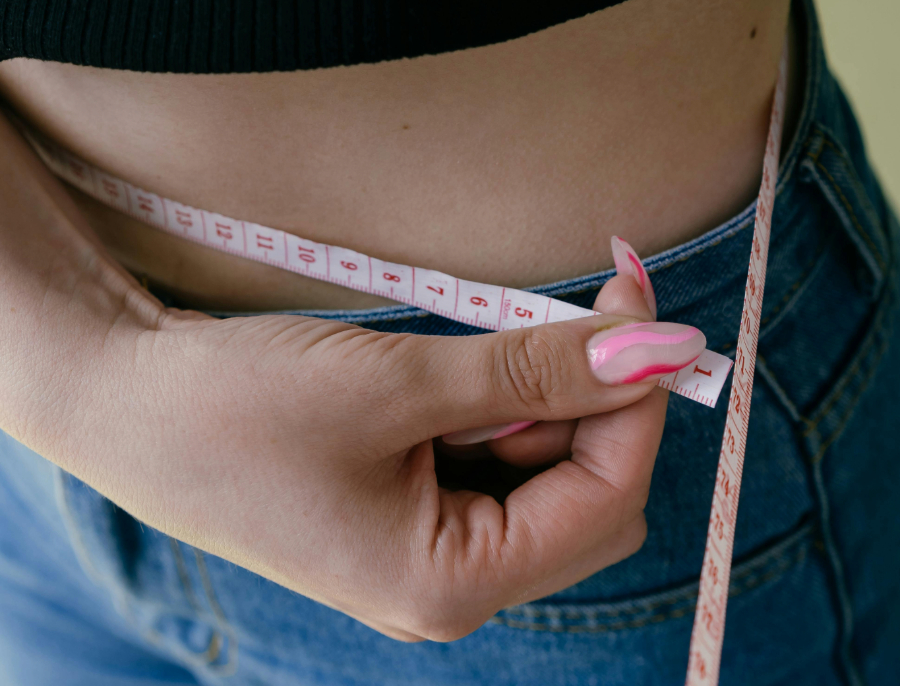





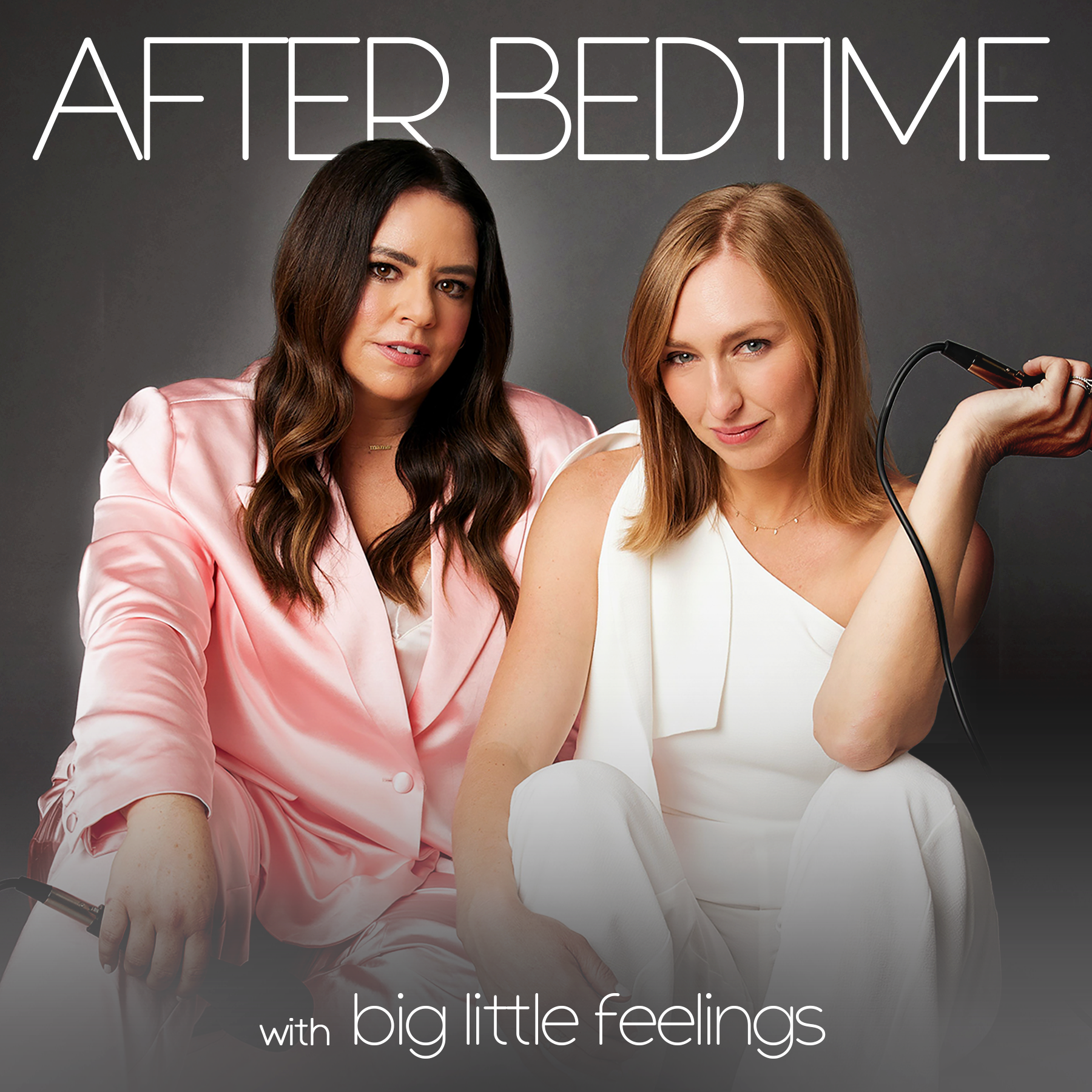


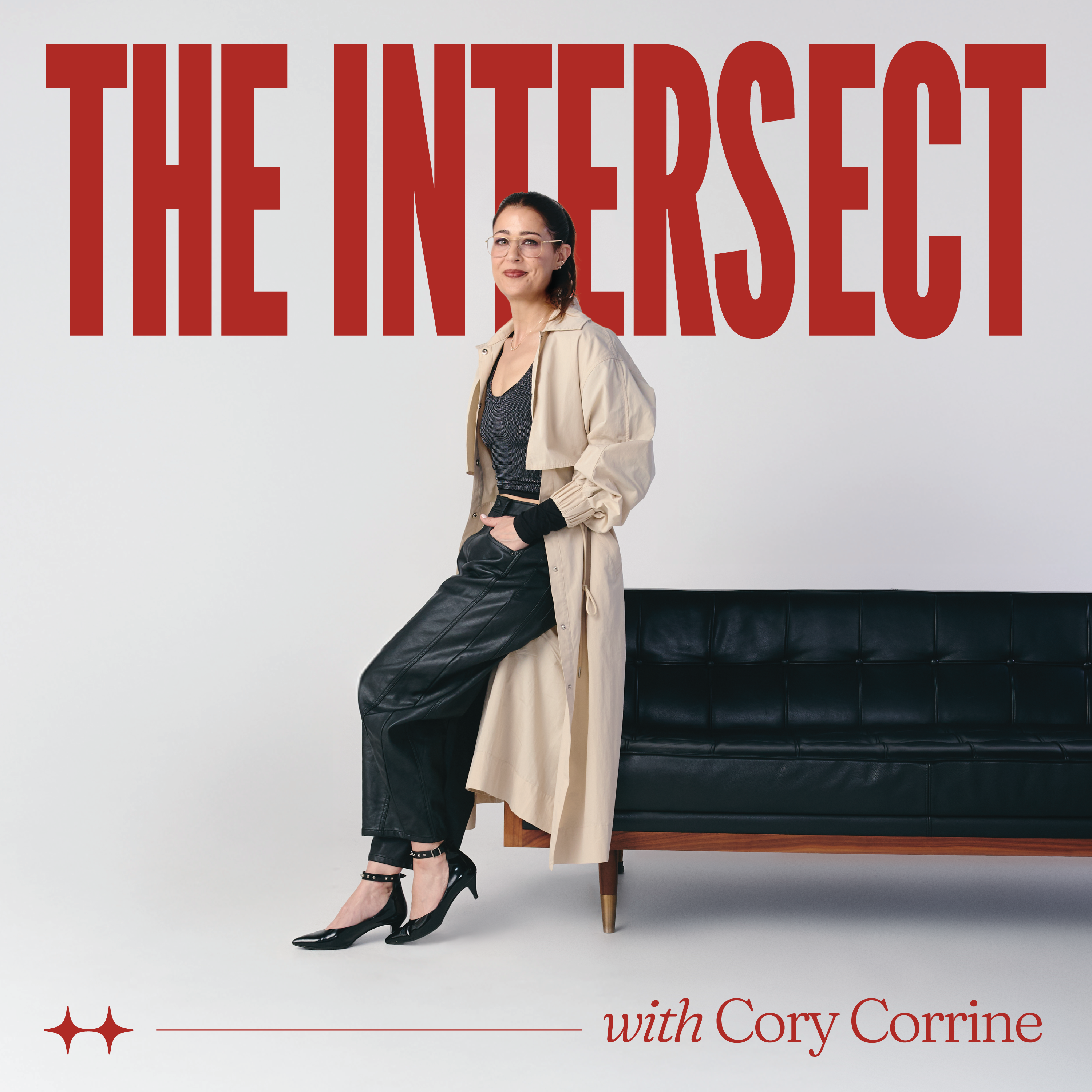


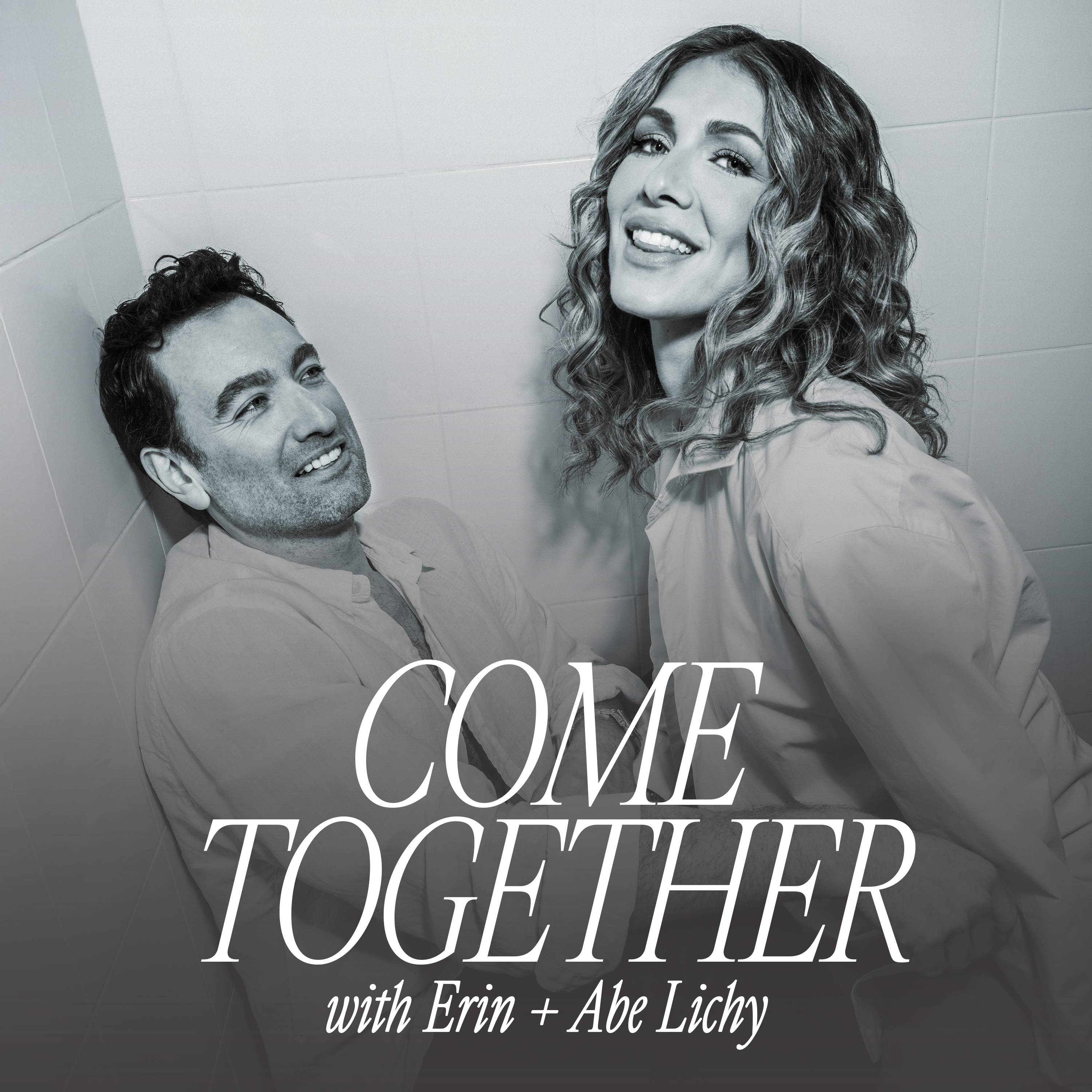


Leave a Reply